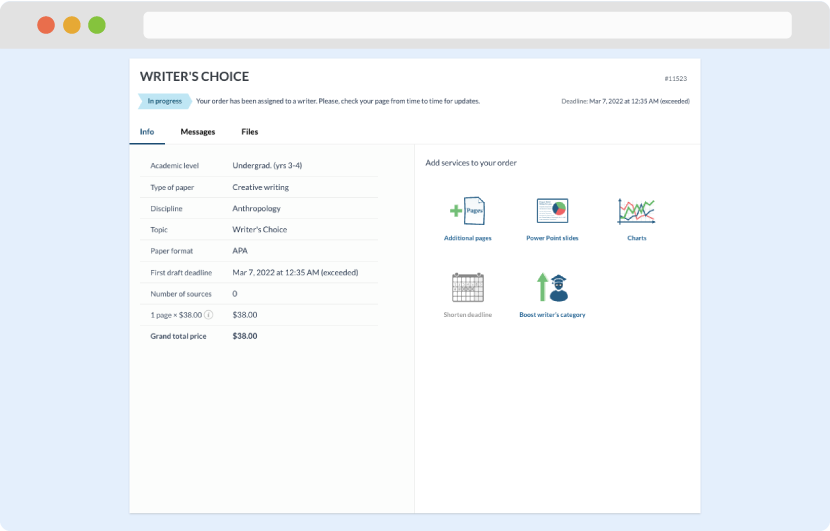Hi All,
Dr. Deats, a psychiatrist who interviewed Richard Kuklinski, referred to as the Iceman, utilized the Psychopathy Checklist-Revised (PCL-R) and the Psychopathic Personality Inventory-Revised (PPI-R) to measure his psychopathic characteristics. The PCL-R, created by Robert Hare, assesses psychopathy through 20 criteria divided into two primary factors: Interpersonal/Affective and Lifestyle/Antisocial characteristics. It includes a lack of empathy, superficial emotions, and difficulty forming significant emotional bonds. Psychopathy, as measured by instruments like the PCL-R, offers a more comprehensive and nuanced view of personality shortcomings, highlighting severe emotional and social dysfunction (Hare, R. D., 2016).
Factor 1 encompasses the fundamental personality characteristics of psychopathy, such as manipulability, an absence of empathy, and emotional disconnection. This factor is more closely linked to “successful psychopaths”—individuals who exploit and deceive others without necessarily resorting to criminal actions. They possess a grandiose sense of self, viewing themselves as superior and entitled. Deceit comes naturally to them, even when it is unwarranted. Their fabrications are intricate and believable. They use others for their benefit, employing manipulation, persuasion, or intimidation. Factor 2 pertains to behavioral traits, including impulsive decision-making, irresponsibility, and tendencies toward criminality. This factor aligns more strongly with “unsuccessful psychopaths,” who display overt criminal behavior and find it challenging to maintain control. Psychopaths often come across as charming, self-assured, and engaging, utilizing charisma to manipulate others. These characteristics indicate a disordered and careless lifestyle motivated by personal gain and a desire for adventure. They perpetually look for new and exhilarating experiences, quickly losing interest. They take advantage of others for financial or social gain and are unwilling to be self-sufficient. Their goals tend to be impractical or frequently change, often leaving projects unfinished. They make impulsive choices without considering the consequences. They do not follow through on their obligations, whether they are financial, legal, or personal (Hare, R. D., 2016).
Forensic psychology experts utilize the Psychopathy Checklist-Revised (PCL-R) to evaluate the likelihood of individuals engaging in future violence, re-offending, and their potential for responding to treatment. It is essential to identify risk factors related to psychopathy in legal contexts, correctional facilities, and rehabilitation initiatives. Factor 2 (Antisocial & Lifestyle traits) is the most significant indicator of potential future criminal activity. Individuals at high risk need to be monitored over the long term, as they frequently re-offend shortly after their release. Psychopaths can be disruptive in prison environments, often engaging in violence, manipulation, and attempts to escape. They may also trick or manipulate staff into thinking they have been rehabilitated. Conventional therapy methods (such as empathy-based interventions) often prove ineffective for psychopaths. Alternative strategies might be required, including structured behavioral programs and strict oversight (Hare, R. D., 2016).
Forensic psychologists need to consider personality characteristics (Factor 1) and behavior patterns (Factor 2) when evaluating risk. Recognizing traits of conduct disorder in young individuals can aid in preventing the development of full-blown psychopathy. Individuals identified as high-risk necessitate structured settings and stringent release conditions. Conventional rehabilitation techniques often fall short; strategies focusing on behavior may yield better results. Given that psychopaths can manipulate evaluators, continual assessments are essential to monitor behavior over time.
Hare, R. D. (2016). Psychopathy, the PCL-R, and criminal justice: Some new findings and current issues. Canadian Psychology/Psychologie Canadienne, 57(1), 21–34. https://doi.org/10.1037/cap0000041
History Raider. (2017, May 16). The Iceman and the Psychiatrist – Richard Kuklinski – Part 3.[Video]. https://www.youtube.com/watch?v=5izoYwYZMzU
AM
Aniyah Magee
Apr 2 8:18pm| Last reply Apr 2 9:51pmManage Discussion by Aniyah Magee
In the video “The Iceman and the Psychiatrist – Richard Kuklinski – Part 3,” the assessment measures and traits discussed are related to the Psychopathy Checklist, Revised (PCL-R). The PCL-R is a standard tool for assessing psychopathy, a personality disorder marked by a lack of empathy, shallow emotions, and disregard for others’ rights.
The PCL-R identifies two main factors of psychopathy:
Factor 1 facets:
Factor 2 facets:
Based on the PCL-R assessment, forensic psychology professionals should focus on the following risk factors for future criminality:
Targeted interventions addressing these factors can help reduce future criminal behavior and support the rehabilitation of individuals with psychopathic traits.
Hare, R. D. (2016).
Psychopathy, the PCL-R, and criminal justice: Some new findings and current issuesLinks to an external site.Links to an external site.
. Canadian Psychology/Psychologie Canadienne, 57(1), 21–34. https://doi.org/10.1037/cap0000041
History Raider. (2017, May 16).
The Iceman and the Psychiatrist – Richard Kuklinski – Part 3Links to an external site.Links to an external site.
[Video]. https://www.youtube.com/watch?v=5izoYwYZMzU
Pemment, J. (2013).
Psychopathy versus sociopathy: Why the distinction has become crucialLinks to an external site.Links to an external site.
Aggression and Violent Behavior, 18(5), 458–461. https://doi.org/10.1016/j.avb.2013.07.001
Essay Writing Service Features
Our Experience
No matter how complex your assignment is, we can find the right professional for your specific task. Achiever Papers is an essay writing company that hires only the smartest minds to help you with your projects. Our expertise allows us to provide students with high-quality academic writing, editing & proofreading services.
Free Features
Free revision policy
$10Free bibliography & reference
$8Free title page
$8Free formatting
$8How Our Dissertation Writing Service Works

First, you will need to complete an order form. It's not difficult but, if anything is unclear, you may always chat with us so that we can guide you through it. On the order form, you will need to include some basic information concerning your order: subject, topic, number of pages, etc. We also encourage our clients to upload any relevant information or sources that will help.
Complete the order form
Once we have all the information and instructions that we need, we select the most suitable writer for your assignment. While everything seems to be clear, the writer, who has complete knowledge of the subject, may need clarification from you. It is at that point that you would receive a call or email from us.
Writer’s assignment
As soon as the writer has finished, it will be delivered both to the website and to your email address so that you will not miss it. If your deadline is close at hand, we will place a call to you to make sure that you receive the paper on time.
Completing the order and download